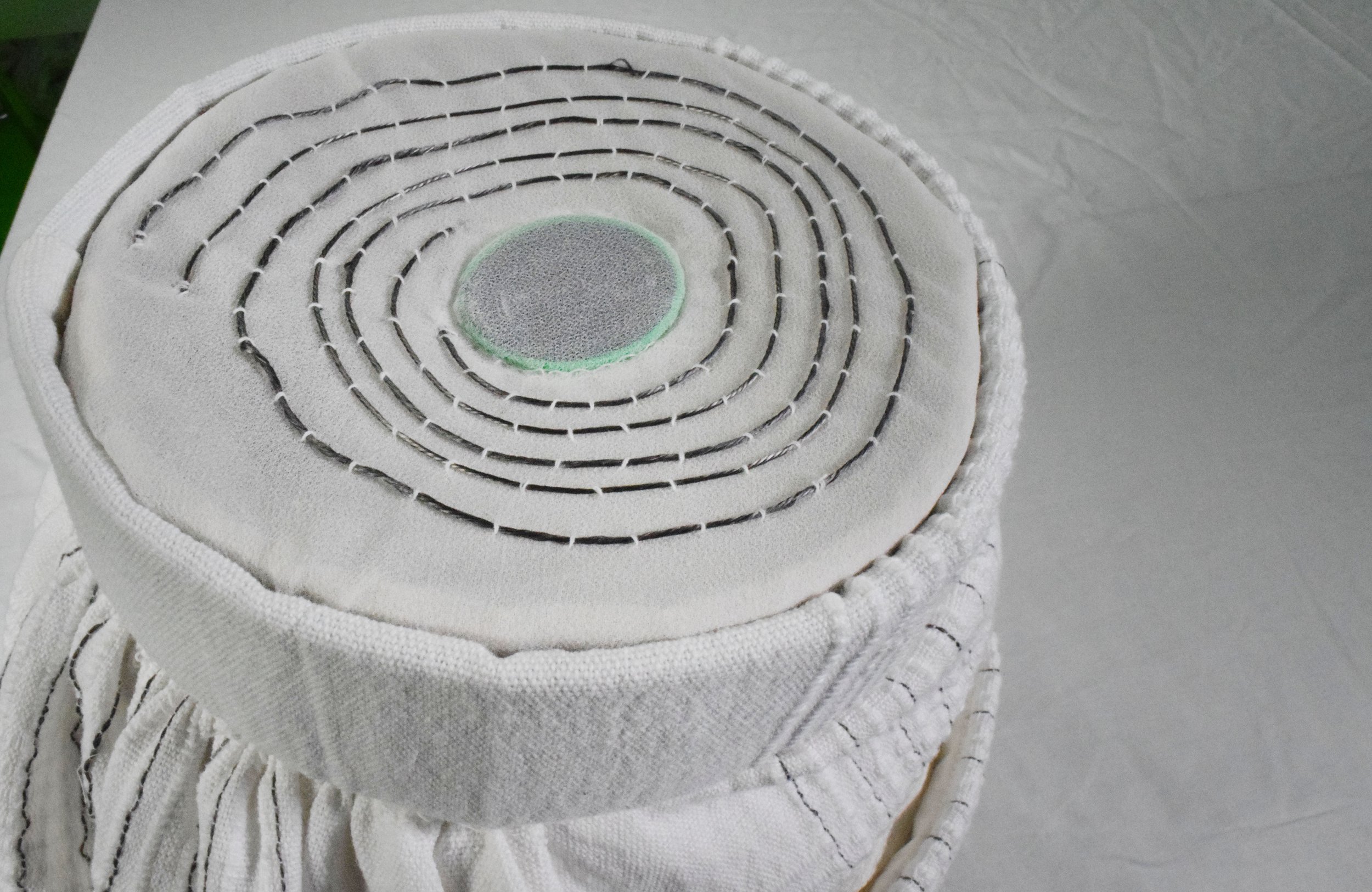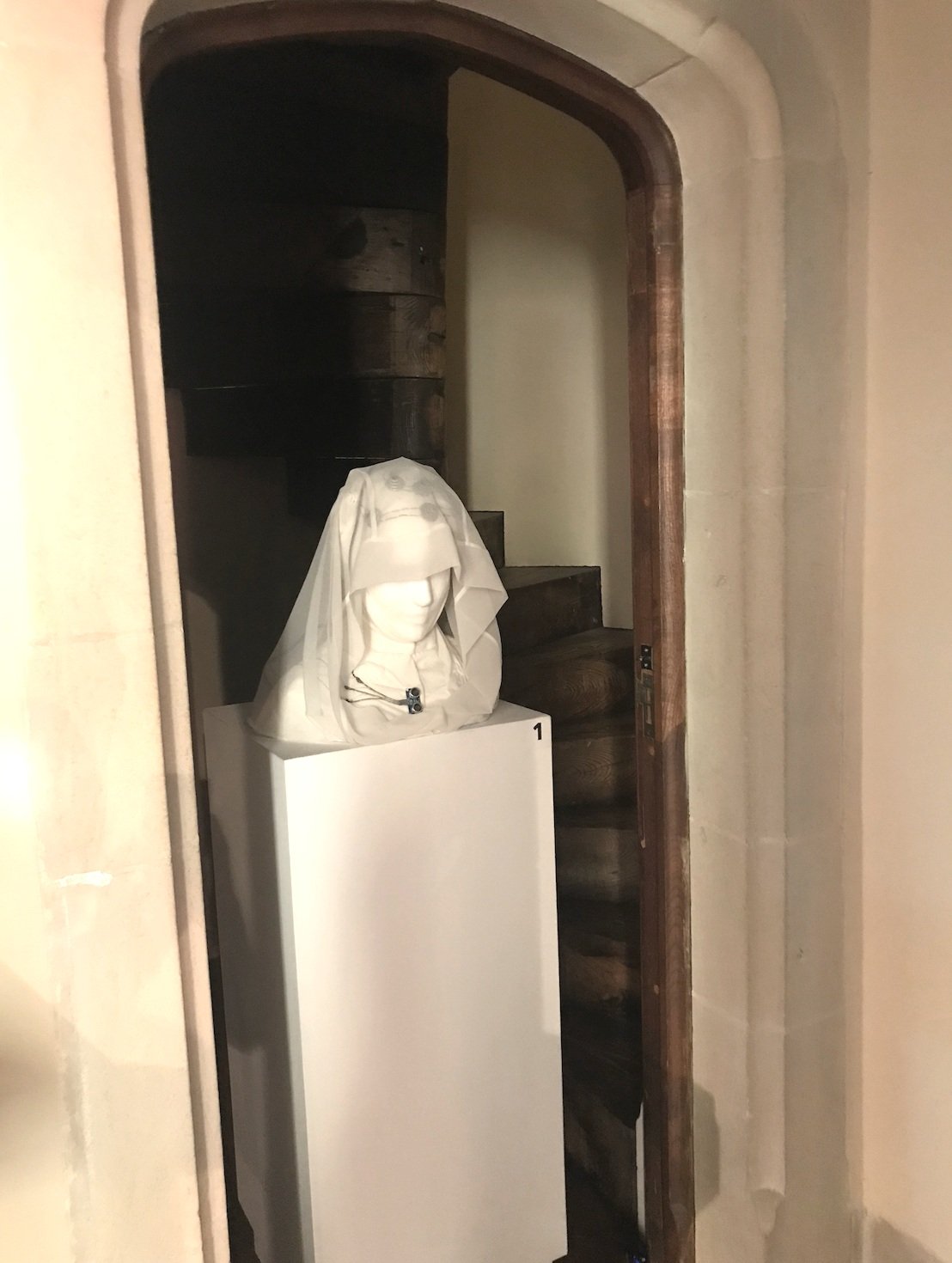exhibits
















































presentations/conferences*
*additional presentations found in issuu
Choosing to Veil: Perspectives of Veiling in America
Much has been written about Islamic dress and about female Muslim converts who choose to cover. Far less has been explored about women who are born and/or raised Muslim in Europe and America, who wear western dress, assimilate into the culture and who then, willingly don the veil. Many of these women elect to adopt the iconic head covering at various points in their life, not necessarily upon puberty, as is common in Muslim countries or conservative households in the West. Often the women grew up in families or areas where Islam was not practiced rigorously or decided to adopt western attire as a device for blending in.
Recent expansion in the availability and heightened media coverage of fashionable modest dress has undeniably made wearing demure dress more attractive and accessible worldwide. Clothing retailers in the west (Europe and America) have recognized this growing trend and are accommodating customers who prefer a modest or conservative clothing aesthetic. This allows Muslim women options that suit their religious choices while expressing their personal and distinctive style. It also normalizes conservative dress as Muslims and non-Muslims alike shop in the same purveyors and often wear the same clothes, albeit without the addition of a headscarf.
This paper presents a study on these women and explores their various reasons for choosing to adopt dress that is somewhat controversial in this highly charged political atmosphere. It will investigate the relationship between faith and fashion and personal choice. One of the questions that will be looked into is: how have these women addressed the transition from being uncovered to covered, going from traditional western apparel to more specific Muslim dress (i.e. the headscarf or hijab)? Additionally, this paper will chronicle the women’s experiences when they chose to visibly declare their identity and faith by adopting a more modest style of clothing and wearing a headscarf.
Conversations with Dr. Gönül Paksoy: An Insight into her Design Ethos
Quite often the most powerful feature of dress or fashion is the information it conveys about the individual or group wearing the clothing. Fadwa El Guindi, states “dress is a code of communication and a marker of a number of social domains -- individual and group identity, social status, economic position, political power, gender, and religious role.” (Veil- Modesty, Privacy and Resistance,1999, pg 66.) Business strategies, brand identity, design philosophy, trend research, demographic information and other factors that the fashion designer creating apparel must consider are also wrapped up in the message of the garment. The influence of a fashion designer who can identify and transmit this amount of information in garments is enormous and yet there are designers that go beyond, giving additional layers of “material” in the items they produce.
Dr. Gönül Paksoy is one of these individuals. This paper aims to show how she relays and weaves historical awareness, artisanal appreciation, and gastronomic elements into her collection and her approach to the business of design. Dr. Paksoy is a Turkish designer, artist, chemist, and author who combines distinguishing signifiers into the pieces she handcrafts and heavily incorporates cultural heritage into the garments. Dr. Paksoy doesn’t follow seasonal timelines and doesn’t market or promote herself globally. She doesn’t sell through third parties and only shows her collections in select exhibitions. In 2015, an in-person interview was conducted at her Nisantası boutique in Istanbul. With established primary and secondary research on Dr. Paksoy, this paper proposes to continue the investigation. Another aspect to be examined is her business strategy and whether this method is adopted or applied by other fashion designers. A questionnaire will be developed and a series of interviews are scheduled to gather quantitative data and discuss new artistic endeavors and future goals.
Diaspora Design Spaces + Places: (Re)interpreting the Sartorial Self.
Defined as a continuous area or expanse which is free, available, or unoccupied, space is integral to a specific group’s aesthetic, decision making, and creative habits. The tangible encounter with place often connects a populace to the cultural experience of space. As such, space and place are essential in the investigation and understanding of a specified group’s aesthetic, decision making, and creative habits.
This paper examines the design spaces of refugee/ immigrant/displaced designers living in the Global North. Notions of identity and apparel are considered within a framework of authenticity, adaptation and speculation as expressed by a designer educated, living and working in a different land than the home country in which they were born and feel connected. It proposes the refugee/ immigrant/displaced designer goes through phases or stages regarding their design persona. A select panel will be interviewed to gain insight on their experiences and journey. The questions posed will help to establish a linear timeline of the impact of the designer’s evolving navigation of space and place, what the evolution of process looks like, and when ideologies shift and settle.
on going research…

















